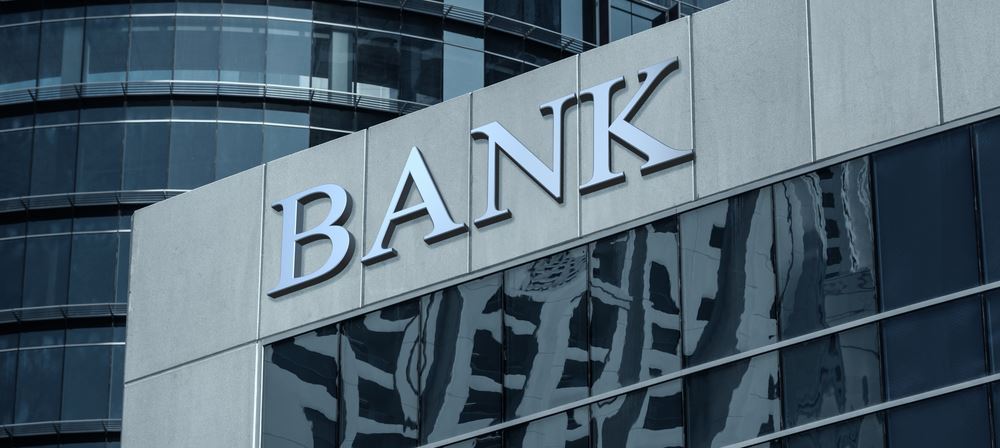Beyond patient safety and medical liability.

Risk management in healthcare comprises the clinical and administrative systems, processes, and reports employed to detect, monitor, assess, mitigate, and prevent risks. By employing risk management, healthcare organizations proactively and systematically ensure patient safety as well as the organization’s assets, market share, accreditation, reimbursement levels, brand value, and community standing. Hospitals and other healthcare systems are expanding their risk management programs from ones that are primarily reactive and promote patient safety and prevent legal exposure, to ones that are increasingly proactive and view risk through the much broader lens of the entire healthcare ecosystem. It’s absurd that while hospitals in other parts of the world understand the significance of expanding risk management in healthcare beyond patient safety and medical liability, the transition has been slow in Uganda.
Deployment of healthcare risk management has traditionally focused on the important role of patient safety and the reduction of medical errors that jeopardize an organization’s ability to achieve its mission and protect against financial liability. But with the expanding role of healthcare technologies, increased cybersecurity concerns, the fast pace of medical science, and the industry’s ever-changing regulatory, legal, political, and reimbursement climate, healthcare risk management has become more complex over time. To expand the role of risk management across the organization, hospitals and other healthcare facilities are adopting a more holistic approach called Enterprise Risk Management. ERM includes traditional aspects of risk management including patient safety and medical liability and expands them with a “big picture” approach to risk across the organization.
ERM encompasses eight risk domains which include; Operational, Clinical and Patient Safety, Operational, Strategic, Financial, Human Capital, Legal & Regulatory, Technological and Environmental and Infrastructural Hazards. Enterprise risk management in healthcare promotes a comprehensive framework for making risk management decisions which maximize value protection and creation by managing risk and uncertainty and their connections to total value according to the American Society for Healthcare Risk Management
ERM also stresses the use of technology to synchronize risk mitigation efforts across the entire organization and remove risk associated with business units. Additionally, data analytics are embedded to support decision-making, departmental cohesiveness, risk prioritization, and resource allocation. Analytics are important for monitoring benchmarks as a way of showing value (what costs were prevented) for ERM initiatives. These elements of ERM are built on top of a governance structure that aligns business operations with the risk management program.
The role of the healthcare risk manager has evolved alongside this new governance structure to oversee and facilitate the ERM framework. Risk managers proactively identify risks and estimate potential consequences and upsides. They also develop response plans incase risks become reality. On the flip side, to mitigate organizational exposure, they respond and execute containment plans when adverse and unforeseen situations transpire.
Due to the dynamic and multifaceted nature of risk management in healthcare, the role is constantly evolving. Some of the current responsibilities of the healthcare risk manager include communicating with stakeholders, documenting and reporting on risk and adverse circumstances, and creating processes, policies, and procedures for responding to and managing risk and uncertainty. Additionally, risk managers must continually monitor the ever-shifting landscape of the healthcare risk continuum.
Healthcare organizations need to have an established and on-going risk management plan in place. The Risk Management Plan becomes the guiding document for how an organization strategically identifies, manages and mitigates risk. Hospital leadership and all department heads should be aware of and involved in the development and on-going evaluation of the plan. Healthcare risk management plans communicate the purpose, scope, and objectives of the organization’s risk management protocol. They also define the roles and responsibilities of the risk manager and other staff involved in risk mitigation. . Below are some of the fundamental components that belong in all healthcare risk management plans
Education & Training
Risk management plans need to detail employee training requirements which should include new employee orientation, ongoing and in-service training, annual review and competency validation, and event-specific training.
Patient & Family Grievances
To promote patient satisfaction and reduce the likelihood of litigation, procedures for documenting and responding to patient and family complaints should be described in the Risk Management Plan. Response times, staff responsibilities, and prescribed actions need to be articulated and communicated.
Purpose, Goals, & Metrics
Risk management plans should clearly define the purpose and benefits of the healthcare risk management plan. Specific goals to reduce liability claims, sentinel events, near misses, and the overall cost of the organization’s risk should also be well-articulated. Additionally, reporting on quantifiable and actionable data should be detailed and mandated by the plan.
Communication Plan
While it is critical that the healthcare risk management team promote open and spontaneous dialogue, information about how to communicate about risk and with whom should be provided in the healthcare risk management plan. Next steps and follow-up activities should be documented. It is essential as well that the plan detail reporting requirements to departments and C-Suite personnel. Furthermore, the plan should promote a safe, “no-blame” culture and should include anonymous reporting capabilities.
Contingency Plans
Risk management plans also need to include contingency preparation for adverse system-wide failures and catastrophic situations such as malfunctioning EHR systems, security breaches, and cyber-attacks. The plan needs to include emergency preparedness for things like disease outbreaks, long-term power loss, and terror attacks or mass shootings.
Reporting Protocols
Every healthcare organization must have a quick and easy-to-use, system for documenting, classifying, and tracking possible risks and adverse events. These systems must include protocols for mandatory reporting.
Response & Mitigation
Plans for healthcare risk must also include collaborative systems for responding to reported risks and events including acute response, follow-up, reporting, and repeat failure prevention.
The healthcare risk management plan needs to be a living document that is frequently updated and improved based on emerging risks, lessons learned, new information, and changes in the healthcare system and practice of medicine. The plan should have provisions for communication and training when these updates and changes are made.
Risk and uncertainty are inevitable in healthcare organizations. Human nature, the provision of intricate and multifaceted care, and the highly complex system of healthcare guarantee that healthcare entities will face adverse circumstances. But these occurrences are being mitigated with risk management tools.
By establishing an ongoing and systematic approach to minimizing the risks inherently associated with the field of healthcare, more and more healthcare organizations are successfully protecting quality of care and financial strength while navigating the tumultuous era of change. Maintaining high clinical quality will increasingly impact financial performance and reduce the risk of brand impairment as reimbursement moves away from a fee-for-service model and towards a greater emphasis on value and outcomes.






Responses